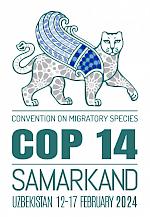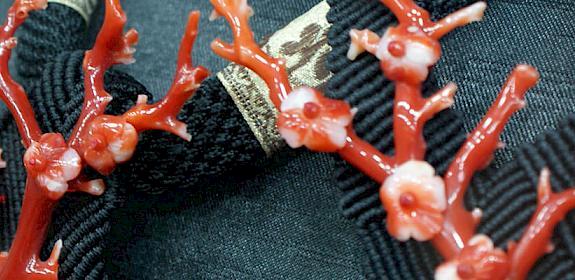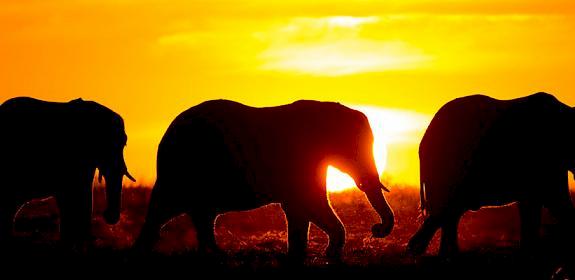Spotlighting wild species trade in Central Asia
TRAFFIC, Fauna & Flora, and partners present a trio of reports with the first-of-its-kind comprehensive analysis of wildlife trade in Central Asia. Data from a wide range of sources was compiled to shed light on the levels and dynamics of wildlife trade—both legal and illegal in Kazakhstan, Kyrgyzstan, Tajikistan, and Uzbekistan.
The Central Asian region is home to a range of ecosystems with a unique and diverse abundance of animals, plants, and fungi to match. Multiple wild species and products from the region are in international trade, including birds of prey for falconry, wild sheep for trophy hunting, and plants such as liquorice root used in teas.
While much of the trade is legal and compliant with national and international regulations such as the Convention on International Trade in Endangered Species of Wild Fauna and Flora (CITES), for the first time, these reports uncover the levels of poaching and illegal trade of wild species the region has seen over the past 10 years. This has contributed to steep population declines of several species, such as Saiga Antelope, Snow Leopard and Saker Falcon.
Establishing a baseline for the levels and trends of wild species trade in these four Central Asian countries is crucial in our collective efforts to support governments to reduce illegal trade devasting species populations but also spot the opportunities for socio-economic growth through use and trade of wildlife products harvested at sustainable levels.”
Bakytbek Tokubek-uulu – TRAFFIC Programme Manager for Central Asia
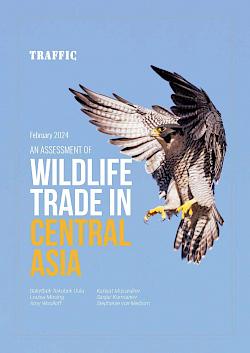 | 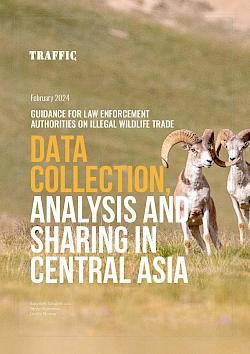 | 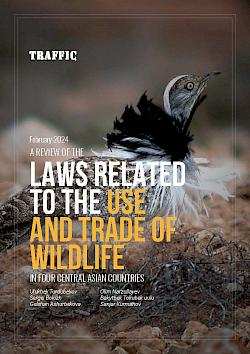 |

Report: An Assessment of the Wildlife Trade in Central Asia
This report sets out to establish a baseline assessment of the levels and dynamics of wildlife trade—both legal and illegal—within the four Central Asian countries of Kazakhstan, Kyrgyzstan, Tajikistan, and Uzbekistan. For this, data from a wide range of sources was analysed, including reported incidences of poaching and illegal trade, as well as reported data on legal trade. This will enable future studies to assess the changes in wildlife trade dynamics over time: which species are traded in increasing or declining quantities and for what purposes.
Matt Lowton, Fauna & Flora’s programme manager for Wildlife Trade in Central Asia, comments: “The Central Asia region has long been overlooked within global efforts to understand and combat wildlife trade and trafficking. This important assessment brings critical attention to the scope of legal and illegal wildlife trade across the four countries and the role the region plays within the global dynamics of wildlife trade and trafficking. Fauna & Flora looks forward to working with partners and governments to use these reports to strengthen control on legal trade and regional responses to wildlife trafficking and to start implementing the report’s recommendations.”
The report found that:
- Uzbekistan is a prominent source country for CITES-listed species, the majority of exports concern live specimens of the Steppe tortoise.
- Uzbekistan imported the largest quantity of CITES-listed whole specimens, mostly medicinal leeches.
- Kazakhstan imported the largest quantity of CITES-listed parts and derivatives, the majority involving meat of different Sturgeon species.
- Kyrgyzstan is a prominent re-exporting country for legal trade in CITES-listed species in the region.
- Tajikistan imported the smallest quantities of CITES-listed species.
Among the species that are reported in seizure records for more than one country and therefore may warrant regional collaborative efforts to tackle illegal trade included, for example:
- Saiga Antelope was the species most frequently reported in seizure records from government agencies in Kazakhstan and appeared in smaller records in Kyrgyzstan and Uzbekistan.
- The Saker Falcon was reported in seizure records for Kazakhstan, Kyrgyzstan and Uzbekistan, with additional reports of live falcon seized on import to UAE from Tajikistan.
- Several thousands of live specimens of the Steppe Tortoise were seized by Kazakhstan and Uzbekistan.
“Based on the available illegal trade data from all four countries, authorities should be especially vigilant along road networks across borders between the four countries, and additionally into neighbouring countries,” said Bakytbek Tokubek-uulu.

Based on interviews and surveys of governmental authorities and organisations in the four countries, this guidance document presents what processes, tools, and capacities are already in place for illegal wildlife trade data collection, analysis and sharing; how best these authorities and law enforcement can utilise them; and identify potential areas for improvements.

This detailed analysis of the existing legal frameworks of the four countries was used to identify gaps in current laws, formulate recommendations for addressing these shortcomings, and determine their effectiveness in combating illegal wild species trade, including a concerning trend on the use of online platforms.
Collaboration for Legal, Safe and Sustainable Wildlife Trade in Central Asia
Saiga antelopes, along with other species such as Snow Leopards, Saker Falcons, Argali and others covered in the report, are migratory and are included on the Convention of Migratory Species 14th Conference of the Parties (CMS COP14) agenda, being held in Uzbekistan.
TRAFFIC and our partners hope that these reports will enable the Central Asia countries to better understand trade dynamics within their borders and at a regional level. By working together and sharing information on illegal wildlife trade between all relevant government agencies, they can ensure that wild species trade is conducted safely, sustainably, and within the bounds of the law.
Notes:
- *Saiga was classified as Critically Endangered at the time this report was written. Saiga are now listed as Near Threatened on the IUCN Red List of Threatened Species
- Reports are available in Russian and English.
 |  |
These reports were funded by a grant from the United States Department of State Bureau of International Narcotics and Law Enforcement Affairs and by the UK Government through the Illegal Wildlife Trade Challenge Fund.
About Bureau of International Narcotics and Law Enforcement Affairs (INL):

Funded by the United States Department of State Bureau of International Narcotics and Law Enforcement Affairs. The opinions, finds and conclusions stated herein are those of the authors and do not necessarily reflect those of the United States Department of State.
The mission of INL is to minimise the impact of international crime, such as money laundering and criminal gangs, and illegal drugs on the United States, its citizens, and partner nations by providing practical foreign assistance and fostering global cooperation. Visit the Bureau of International Narcotics and Law Enforcement Affairs (INL)'s website.
About The Illegal Wildlife Trade Challenge Fund

Funded by the UK Government through Illegal Wildlife Trade Challenge Fund.
The Illegal Wildlife Trade Challenge Fund is a UK government grants scheme that provides support to projects around the world that are tackling the illegal wildlife trade. IWT Challenge Fund
About Fauna & Flora
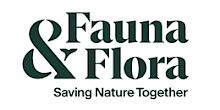
Fauna & Flora is a nature conservation charity protecting the diversity of life on Earth. For the survival of species and habitats, the planet and people.
As the world’s first international conservation charity, Fauna & Flora has been shaping best practice in community-focused conservation for over 120 years. Today, the charity works closely with local conservation partners in almost 50 countries to protect habitats, revive the ocean, reduce extinctions, stop illegal wildlife trade, combat climate change and influence global policy and corporate sustainability. www.fauna-flora.org
About Association for the Conservation of Biodiversity of Kazakhstan (ACBK)

The organization traces its history since 2004, working in the field of wildlife conservation. Today, the Association for the Conservation of Biodiversity of Kazakhstan (ACBK) has one office in Astana, one office in Almaty and nine branches throughout the country. The Ecological park "Alty Sai", that was created on the grounds of two hunting areas is managed by ACBK in the Kostanay region. There are 5 clubs of ACBK members and 53 employees. For more information visit www.acbk.kz
About Institute of Zoology of the Academy of Sciences of the Republic of Uzbekistan

The main tasks and activities of the Institute include identifying key zoological areas, developing scientific and practical recommendations for the sustainable use of wildlife, developing and maintaining a national information and analytical database of the fauna of the republic, maintenance of the state cadastre of rare and endangered species of wild animals and the Red Book of the Republic of Uzbekistan, controlling pest animals and conservation of aquatic ecosystems and fish resources of the Republic.
About Ecological Resource Center (EKOMAKTAB)

Ecological Resource Center (EKOMAKTAB) is a non-governmental non-profit organization and works in the field of environmental education, environmental protection and environmental safety. The Organization received official registration in 2005, and in 2015 it was re-registered and once again confirmed its commitment to the chosen area of activity. During the period of active activity, the EKOMAKTAB team has completed more than 30 projects that are important for the population and the surrounding nature. The leader of the environmental organization is Shivaldova Natalia Sergeevna. For more information visit www.ekomaktab.uz


